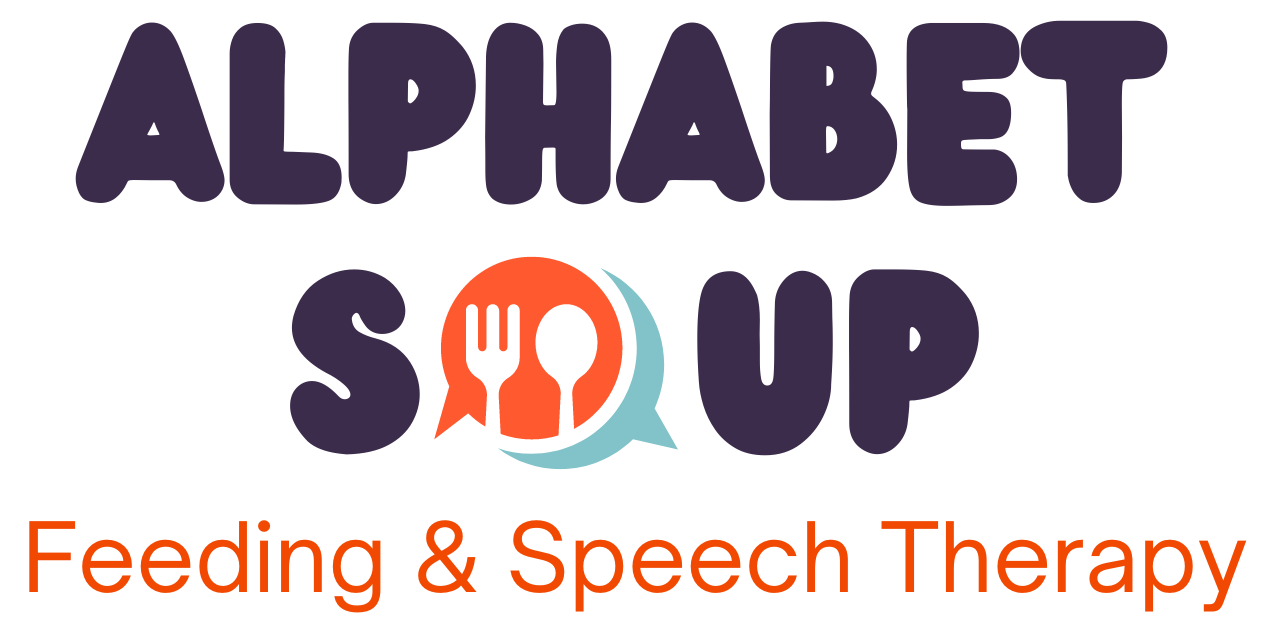
What are tethered oral tissues?
You’ve probably heard of tongue tie before. What you may not know is what it means. After all, we all have these tissues (known as frenula or frena) in our mouths. In fact, we have several. There are a total of seven frena in the mouth: one lingual frenum (tongue), two labial (lip) frena and four buccal (cheek) frena.
Some people are born with frena that are too short or not pliable enough to allow functional movement. From a medical perspective, ties are collectively known as “tethered oral tissues” or TOTs. Individually they are labeled ankyloglossia (a restriction of the tongue), ankylolabia (a restriction of the lip(s)) or buccal ties (a restriction of the cheek(s)). People may have these ties in a variety of configurations, although tongue ties are the most common.
Intervention is only needed if the tie significantly restricts function (such as moving the tongue to the roof of the mouth or flanging the lips), as diagnosed by a professional that is trained in understanding the impact of ties. Impacts may include deficits in eating/chewing/swallowing, Other common concerns include TMJ pain, speech issues, breastfeeding issues and/or
sleep and airway issues.
Evaluation and Treatment of TOTs
If you suspect tethered oral tissues are reducing you or your child’s quality of life in one or more of the areas mentioned above, a functional assessment is recommended to determine if there is an impact on oral function. If a functional impact is identified, therapy will be initiated to provide education and training of exercises to maximize successful release. A referral to consult with a release provider will be made once therapeutic readiness has been achieved. Referrals to other providers such as orthodontists, body workers or ENT will be made, as necessary, for optimal oral facial development and growth.
